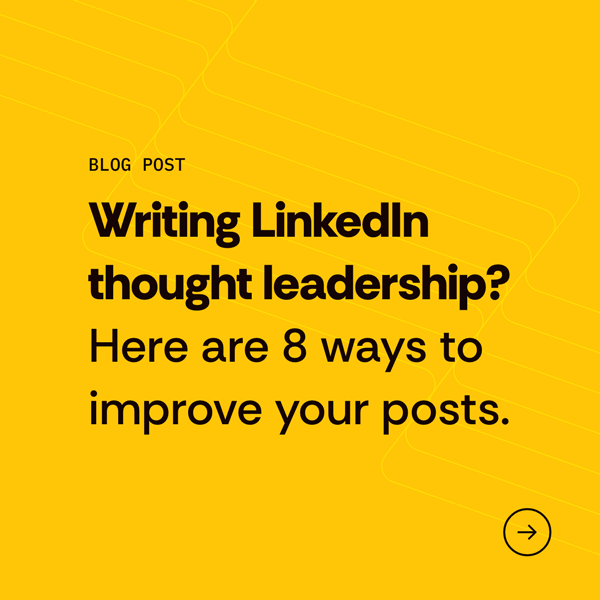
ut teachers are still telling kids to “show your work.” I wish this were a requirement for social media sharing. Think about how much more helpful and interesting your feed would be if people, when writing LinkedIn thought leadership posts, actually had to prove that they had given real thought to what they were about to share.
If you’ve noticed more of the same-sounding garbage in your feeds masquerading as thought leadership, you’re not imagining things. According to recent research findings from Originality.ai and WIRED, over half of all longer posts on LinkedIn are AI-generated and not viewed as high-quality.
Prolifically posting long messages written by AI is a waste of time and effort. They’re not impressive (and because they’re lackluster, they’re also rarely engaged with). After all, no one wants to read empty or bland, buzzword-filled fluff that uses too many words to say too little.
So, these days, what does it take to draft copy that doesn’t fall flat? Keep reading for what I’ve learned about using that math class concept of “showing your work” to avoid low-value, template-sounding posts when writing LinkedIn thought leadership content.




